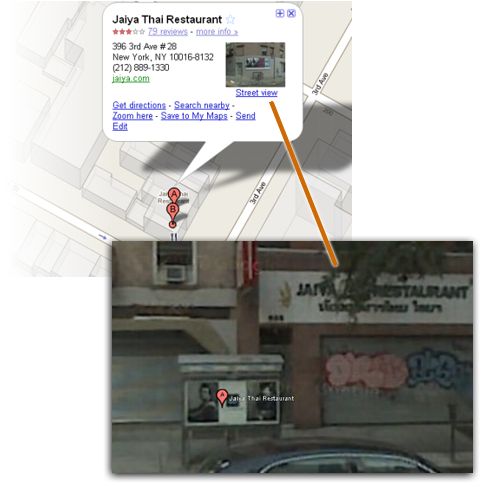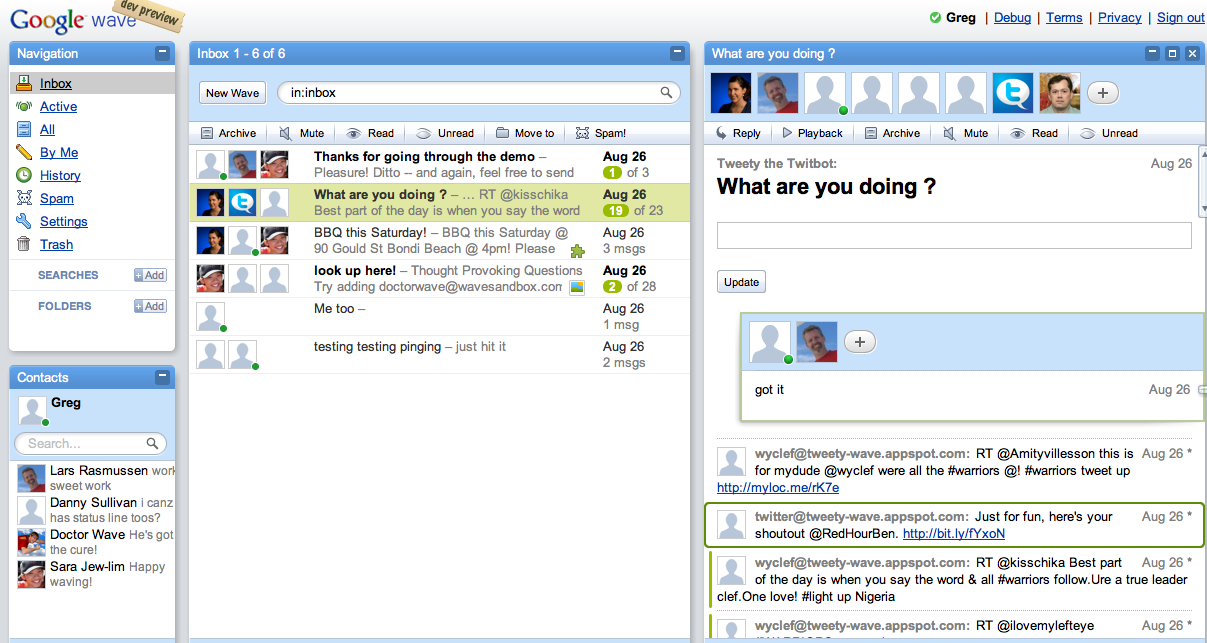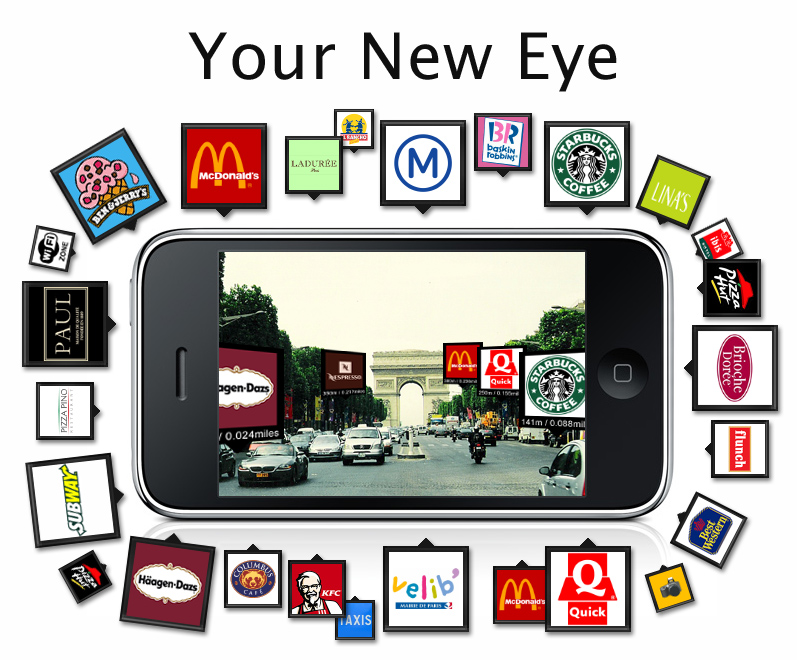
Den dag vil komme hvor det vil være muligt at få interoperability extensionen baseret på Safe Soft FME til at levere data til dine ArcGIS Server SOC processes oppe i Amazon skyen, som til sidst vil kunne vises på Google Map /Bing / eller en hvilken som helst anden Web baseret kort klient ...

The day will come when the interoperability extension based on Safe Soft FME will enable your ArcGIS SOC processes running in the Amazon Cloud to produce maps to be viewed on Google Map / Bing / and any other web based client ...
/Sik

Quote
Adam DuVander
When Google announced its Maps Data API it provided programmatic access to the features available in the Google My Maps product (more at our Google Maps API profile). With it, developers can create, organize and update maps. Could it also replace a database for holding geographic points?
Platial, a mapping platform to share stories, thinks so. It was an alpha tester for the API, rewriting its backend to use Google to store its points. The API provides access to lines, shapes and the most common placemarks, which are created by latitude/longitude coordinates. Just as Google’s My Maps is useful for creating maps without JavaScript programming, the Maps Data API can be used for those who don’t want to run their own database.
However, this first version of the Maps Data API can’t perform advanced queries, though many casual mapping users will find the service sufficient for maintaining a simple list of places. Most of Google’s products start simply and become more powerful once the initial concept has been proven. [...]
Read more: http://blog.programmableweb.com/2009/08/31/let-google-be-your-geo-database/















